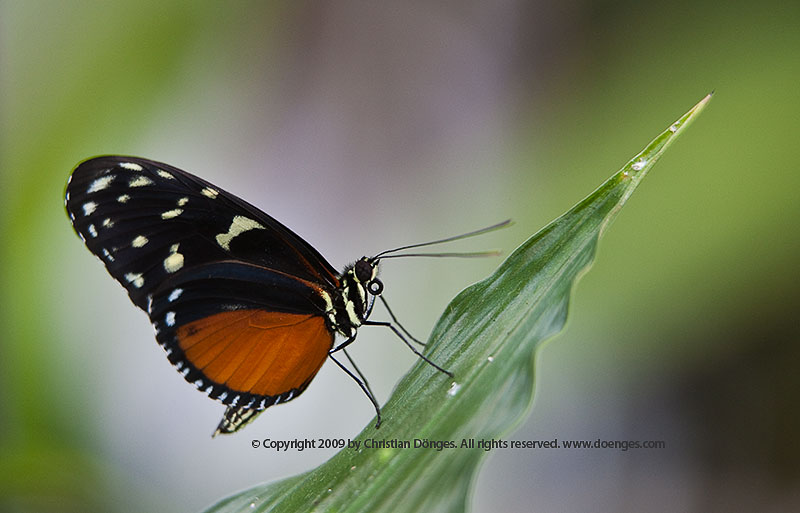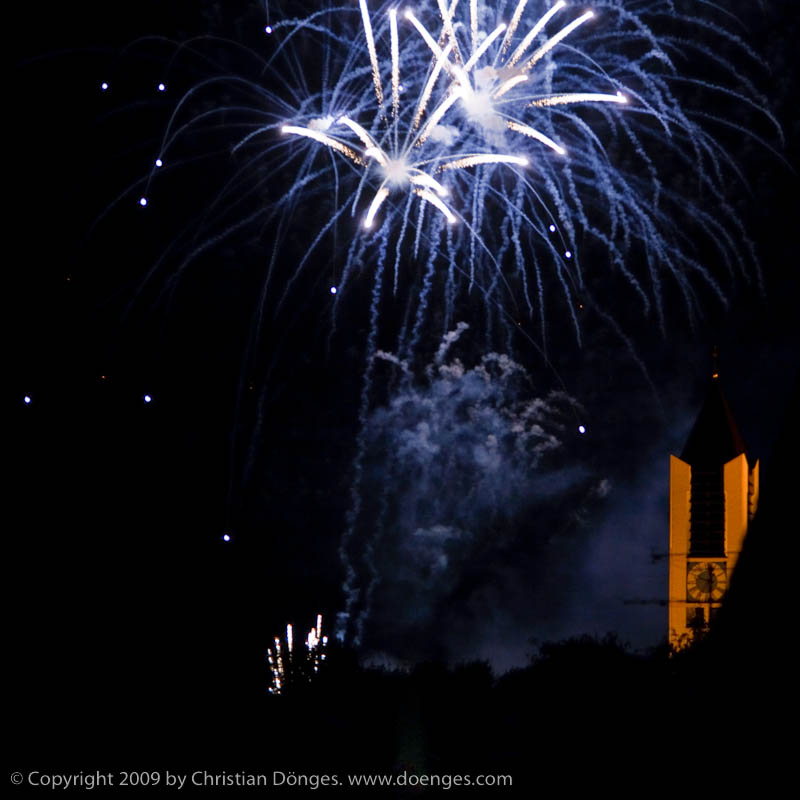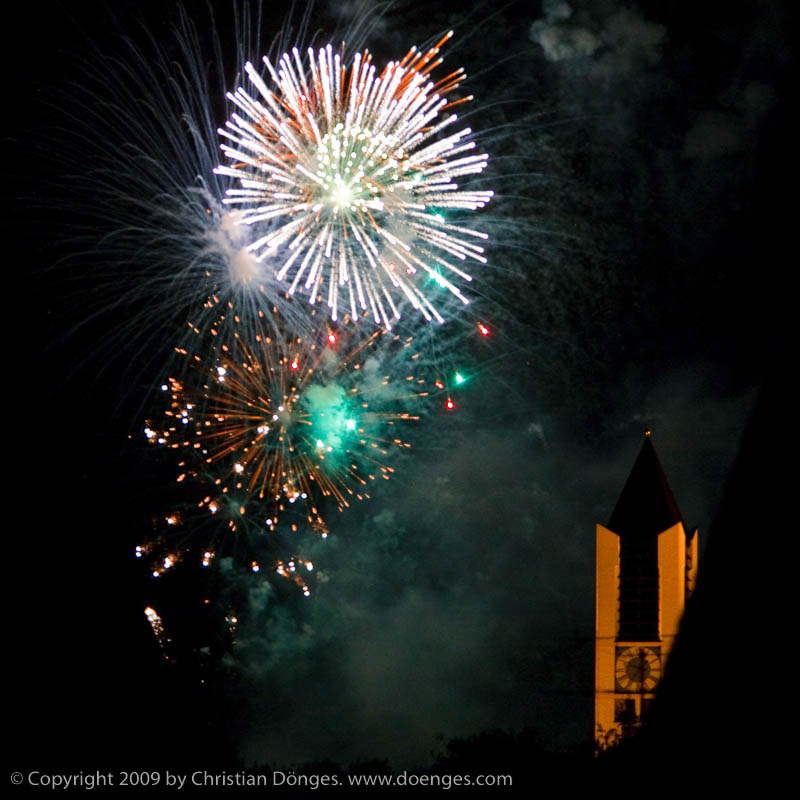I have added a (long) page to the site explaining how to use the Canon WFT-E1 (or WFT-E1A or WFT-E2, E3, E4, or E5) wireless transmitter to push images from your Canon DSLR to a computer running Mac OS X 10.5.
Within the Frame – The Journey of Photographic Vision by David duChemin may easily be the most unusual – and best – book on photography that I have read this year. It is unusual in that it manages to bridge the gap between books about photography as art and photography as technique, delivering both. In my opinion, that is what photography is about.
The first chapter is devoted to vision – what it is that you see and want to communicate. The second chapter focuses on what feeling, idea, or impression you may want to capture and what subjects may show this to the viewer. The third chapter on gear and technique required to get the image you want. I think that the focus not on creating technically perfect pictures but on how to turn something you want to communicate into a picture is spot-on. The author really nails it here!
The fourth chapter is about storytelling in pictures – how to tell a story in a single frame or in a photo essay, how to create interest in the viewer. This chapter is a must if you want to go from mere visual candy to a four-course meal.
The next chapters are about photographing people, places, and culture. I really enjoyed the chapter about people (I love photographing people and got a number of useful tips and ideas from the chapter), but found that my attention flagged halfway through the places chapter, and did not pick up to the end of the book. It seems to me that the essential message of the previous chapters are repeated a bit too often.
The pictures in the book are compelling and beautiful, the printing is of high quality. You can find a number of them on his website at www.pixelatedimages.com if you are interested. Despite all of the pictures having been taken in what amounts to “exotic” locations for most people from Europe or North America, I would not say that it is about travel photography. Everything in the book applies to taking pictures of your home town. Maybe even more so than when you are abroad …
I feel great respect for the way David duChemin approaches his subjects as human beings, not just props in his pictures. I feel the same way and I became aware of a lot of things that I have done without ever thinking about them. I have also learned a few very useful things about how to approach people.
The same applied for his treatment of technical aspects: he makes things that I have been doing intuitively become conscious decisions, giving me much more control. For example, I wish that I had read what he has to say about lens choices much earlier, it has taught me the value of wide-angle lenses, which I rarely use. This will definitely improve my ability to show my vision to the world. (Interestingly, he apparently went through a similar development, starting with telephoto lenses and only gradually learning to use wide lenses.)
Finally, I learned ever so much from his approach of treating photography as storytelling. If this is – as to me – a closed book (pun intended), you will benefit greatly from Within the Frame.
As I mentioned before, my attention and interest flagged towards the last two chapters. Maybe it was just too much to absorb? Maybe the chapters are simply weaker than the previous ones? I do not know. But I do know that even without the last two chapters the book is definitely required reading for anyone interested in photographing people, so it gets five stars!
5 stars (out of 5)
I saw this unidentified black, orange, and off-white butterfly at the same show as the last post:
The slight motion blur of the wings and antennae make the butterfly come alive for me.
This image, like the last, was taken in available light at ISO 400, 1/80s, f/2.8.
Earlier this year, I visited a show of tropical butterflies. It was cold outside and way too hot and humid inside. However, the water drops dripping about everywhere made for some really nice pictures with the colorful butterflies:
Notice how the narrow depth of field draws your eyes to the eyes of the butterfly. I feel as though it will dip into the drop of water for a quick drink before taking off again.
Unfortunately, I did not take any notes and I can not find the name of this wonderful little critter.
For the technical minded: the picture was taken in available light at ISO 400, 1/80s, f/2.8. It would interest me to see how the image would look at f/4 or even f/8 with increased depth of field to include the butterfly wings … next time. 🙂
Freising is having it’s 80th annual fall fair this year and the town celebrated the last day today with some spectacular fireworks:
In case you are wondering, it is actually quite easy to make this kind of photo if you know what you are doing:
- Set your camera on a tripod and use a cable release or a remote control (infra red remote, RadioPopper, PocketWizard, you name it) to trigger the exposure. I use a simple remote control cable.
- Turn off the auto-focus and manually focus the camera (usually to infinity). This is faster and more reliable than having the AF hunt the night sky.
- Crank up the ISO as far as you are willing to live with the noise. For example, on a Canon 5D, ISO 800 is great and ISO 1600 is acceptable. A Nikon D3X will go even higher, as will a Canon 5D mark II. A pocket digicam will probably struggle at ISO 400 and above. Experiment – preferably before the big event.
- Use manual exposure mode and open the aperture as wide as it will go.
- Still in manual exposure mode select a good exposure time. I find that between 1/125s and 1/8s works well.
- Expose at will and enjoy the show!
I usually use the camera screen to judge exposure. That is, I set the aperture wide open and shoot at whatever exposure time I have guessed. Usually 1/60s is a good place to start as any.
It is normal to see some blown highlights in the middle of the explosions and at the back of the rocket engines. Because of this the histogram and the blinkenlights are useless. Instead, ensure that the night sky is black and that the fireworks are clearly visible.
If the sky is too light, shorten exposure time and/or reduce the ISO. Similarly, if the fireworks are too dark, lengthen exposure time and/or increase the ISO.
Once I have set up the exposure correctly I point the camera at a likely section of sky and snap away. Since the exposure will not change, I only change it to get a different effect. There is no need to check every image.
In fact, I simply snap away until either the fireworks stop or I grow tired of taking pictures. It’s a good idea to have some spare batteries and memory cards on hand …
That’s it. Have fun!






